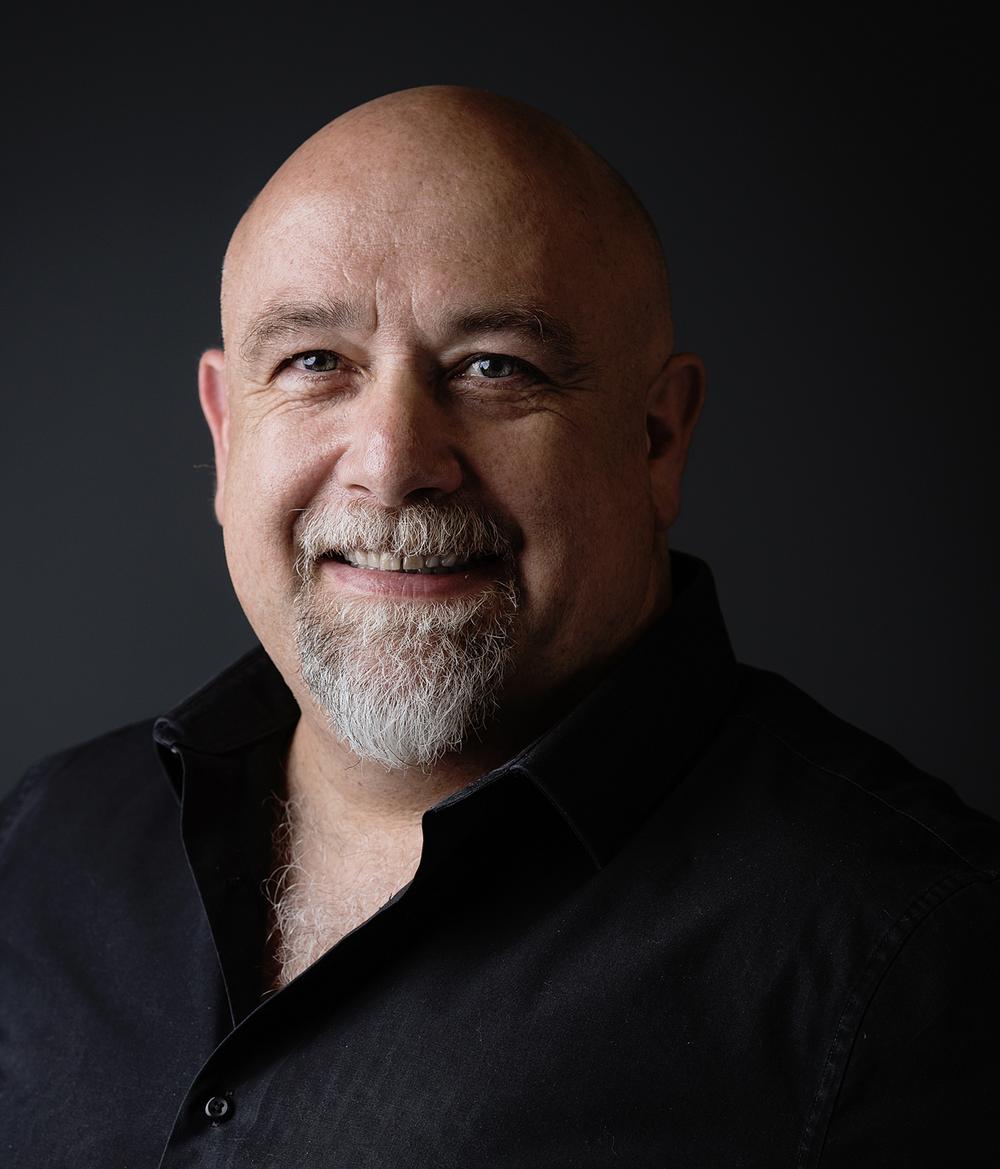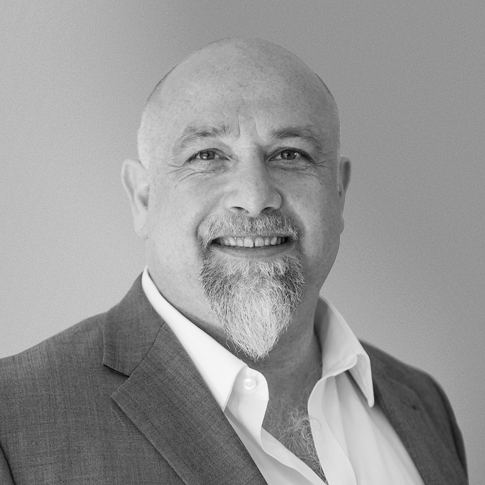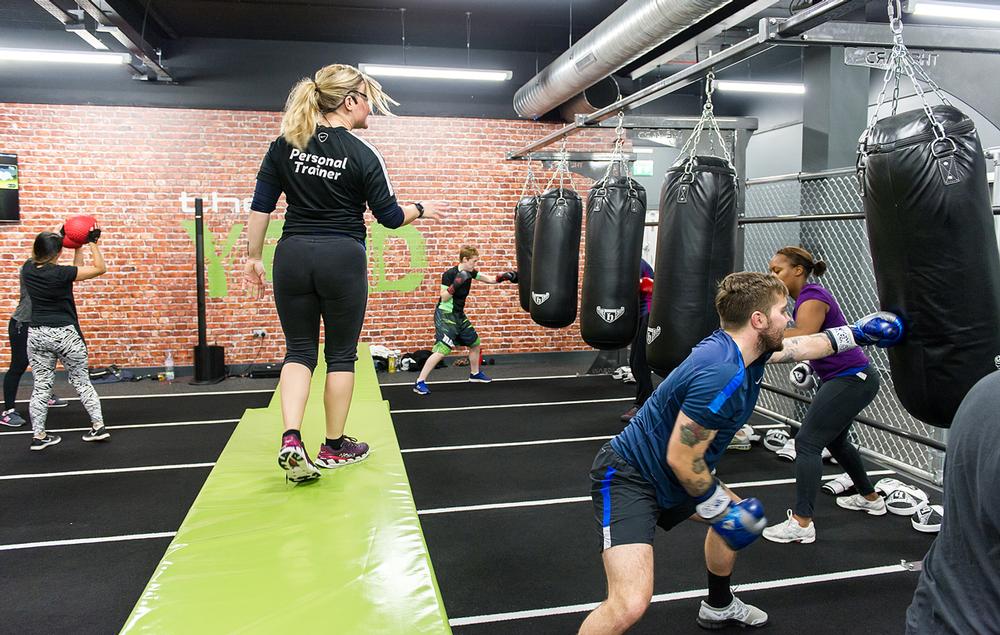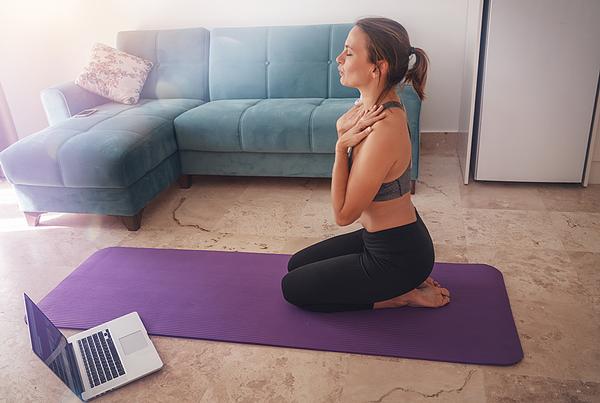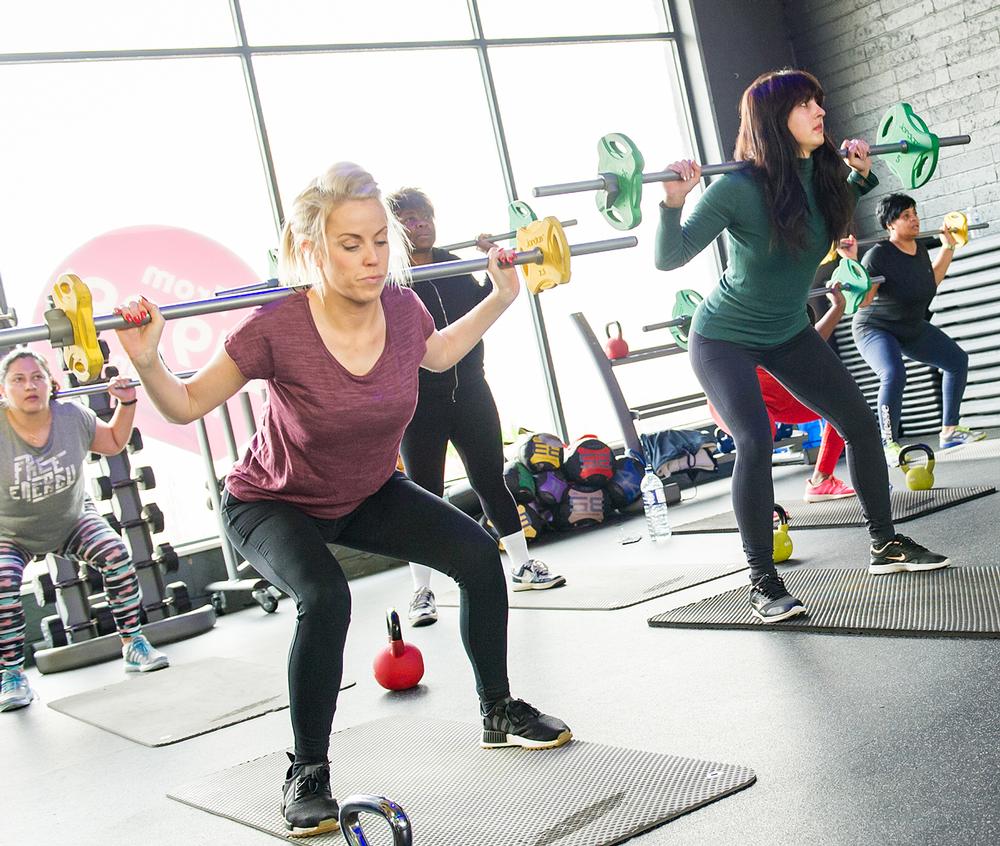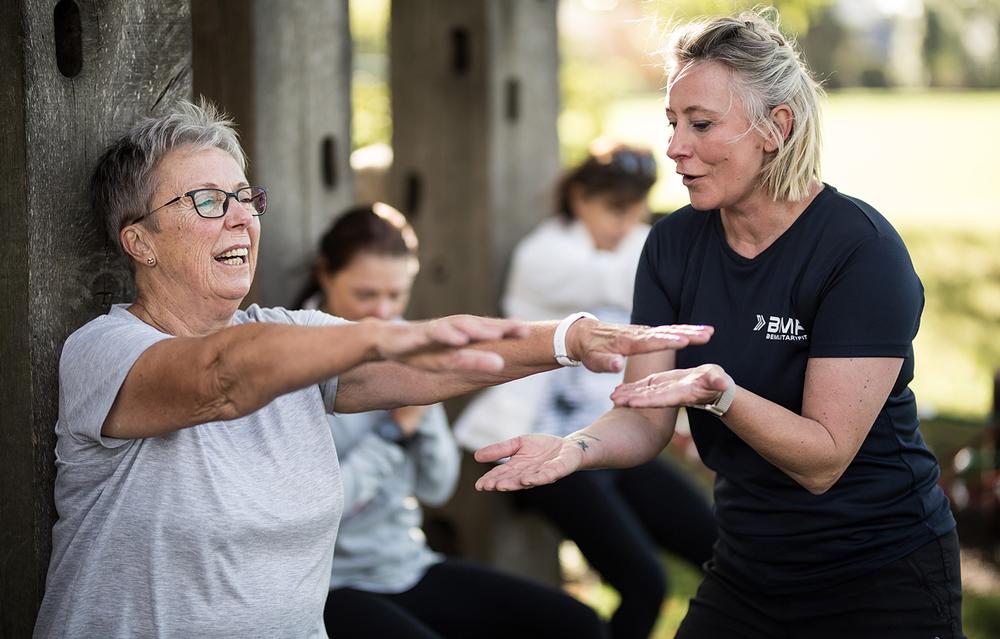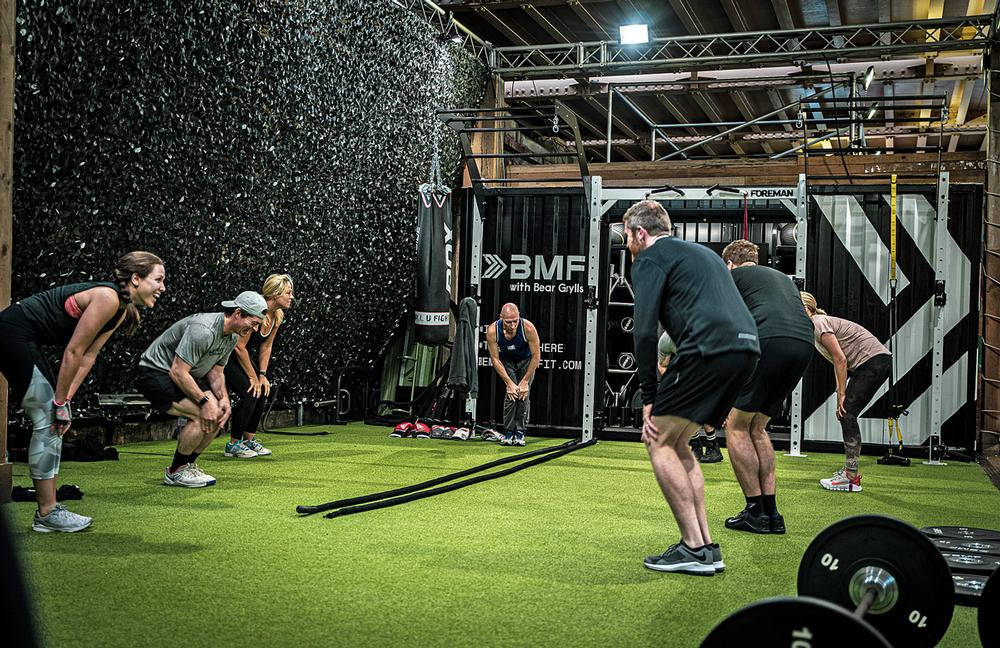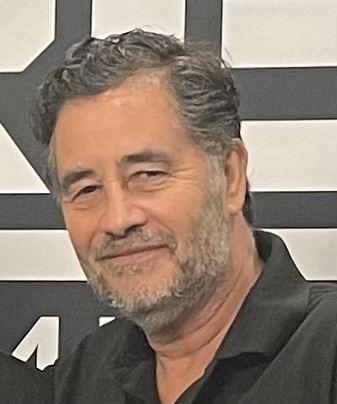First things first Jan, didn’t you retire last year?!
After we sold énergie, on 1 August 2019, I still sat on the board as a non-exec, founder director. However, I’d very much handed the business over to Bridges Fund Management and was really only there for a transition period.
If anyone had told me at that point that less than a year later I’d be buying the business back again, I would certainly have had big questions for them!
I truly believed Bridges was the right investor, selected for all the right reasons and with a great fitness pedigree and while the selling price was important, I saw picking the right buyer as equally so.
But ultimately, who could have predicted the events of 2020? Long story short, it was clear that COVID was going to punch a hole in revenues and that the business would need new funding. All parties were willing to invest – Bridges, the bank, myself – but the terms of a deal between Bridges and the bank – RM Funds – could not be agreed.
In the end, RM Funds asked me if I would be prepared to lead a management buyout if it provided part of the funding, so I worked with the bank to bring together a small consortium – including some previous shareholders – and, in June of this year, we completed an MBO.
I’m pleased we did. The énergie business is still my baby – started from my living room in 2003. I couldn’t just sit back and watch it run into difficulties. Buying it back felt like coming home.
How did you steer énergie through the initial lockdown?
The first thing we did, back in March when I was still a non-exec, was encourage all franchisees to hold their nerve. We wrote to every one of the 140,000 members across our estate with a heartfelt message, pointing out that while énergie was a national brand, every club owner was a local business with a family to support.
We acknowledged that some members would be facing hardship; if this was the case, we asked them to consider freezing rather than cancelling their membership. For those who could afford to continue to pay, we promised them a fantastic online programme to keep them active during lockdown.
We had 38,000 members who carried on paying throughout lockdown, bringing in around £400,000 a month. This went straight to the franchisees; we didn’t charge fees during this time.
Both énergie HQ and the clubs worked hard to create a great online offering, with workouts and classes offered through Zoom so members could train and interact with their favourite instructors. Franchisees who put effort into their online service did incredibly well, losing very few members.
And what now, with lockdown 2?
We were always aware of the risk of a second lockdown and have been planning for such an eventuality. We’re determined to be there for our members and know that fitness, nutrition and mindset are essential in the fight against COVID-19.
We haven’t applied a blanket freeze to membership as many other operators have chosen to do, instead challenging our members to use lockdown to achieve a specific health and fitness goal.
To support this, on Thursday 5 November – as the UK’s second lockdown began – we launched our most extensive online programme to date across three core disciplines of fitness, nutrition and mindset. We’re fully exploiting the potential of technology and – within government guidelines – the outdoors, offering our members everything from live two-way interactive workouts with their friends and favourite instructors to meal ideas, mental health support sessions, live virtual coach podcasts and the BMF-inspired ‘bubble buddy’ outdoor programmes.
What are your forecasts now?
The business moved back into profit in September 2020. We did lose members throughout the first lockdown, as many operators did: we entered the first lockdown with 138,901 members and came out of it with 93,773. As at 26 October, we’d bounced back to 105,778 members – some new, some re-joining – and have also opened five new clubs since re-opening in July. Not only that, but our usual benchmark of opening with around 1,100 members was achieved at four of the five new sites.
So, we were in good shape. Now all of a sudden, we’re faced with a second lockdown and have to ask our franchisees to step up once again.
Our goal had been to get back to pre-COVID revenues by March 2021, and we were potentially going to get there sooner, as we were ahead of forecasts last month. The new lockdown will of course affect that, but at this early stage it’s hard to say to what extent.
But you’re pushing ahead with plans to grow your international footprint?
We are. We’ve dabbled internationally before – we had some énergie Fitness for Women clubs in Latvia, we had a five-year licence for a club in Qatar, we still have a portfolio of clubs in Ireland – but we’re doing it even more seriously this time, going for very capable partners who are well funded.
We recently signed an Iberian master franchise agreement with the very experienced team of Rod Hill and George Houtenbos and have also appointed Rod as managing director of énergie International; Neil King remains UK managing director.
The plan is for 75 énergie clubs in Spain and Portugal over the next 10 years, with the first currently scheduled to open in April 2021 – a delayed date due to COVID-19.
We’ve just signed a second master franchise deal for India, with a gentleman called Sumit Goel – previously a Gold’s Gym franchisee. The first Indian club will open later this year, subject to local and regional lockdowns.
Our next master agreement, already in the pipeline, is likely to be for California.
Do you still have different sub-brands under the énergie umbrella?
All our clubs are now operated under the énergie Fitness Club brand which, although based on affordable memberships, is a generation on from the no-frills Fit4Less clubs that were previously our budget offering.
I would now describe our model as low-cost, high-service, with layered membership – currently two tiers – with a third soon to launch. I call the pricing strategy ‘hook and yield’.
Classic membership, averaging £18.99 a month, gives access to the gym and a certain number of classes. Wow! membership adds a lot of extras – Bodystat analysis, regular ‘bring a friend’ privileges, our YARD signature classes and access to personal training – and costs up to £29.99 a month.
Our new tier, Epic, will introduce the concept of omnichannel to our membership. During lockdown, we created a really compelling online offering and quickly realised members wanted it to become a permanent part of what we do – a way to connect with their club even when they’re on holiday, away with work or just can’t make it in. We’re currently testing £35–40 a month for an omnichannel Epic tier.
It’s early days and we’re still defining exactly what will be included in each tier going forward, but I think it’s likely that Classic will remain a club-based budget offering. We might bring omnichannel into WOW as well as Epic though; Epic would just include more extras.
We want to see how far we can take the service level once we have a member who trusts us, even when that member originally bought into a low-cost proposition. You’d be surprised how, once they’re loyal and know they’re getting a great service, it isn’t as much about price any more.
Will there be any other facets to omnichannel, beyond online?
Omnichannel is about understanding what the consumer is looking for and letting them have it on their own terms. You want to work out in the club, you like the camaraderie that comes from being with the members and the staff you know? Fantastic, we’re open for business. Want to work out at home? Then train online with us. Want to stay outdoors? We have a new association with BMF that will reach full force soon.
Tell us more about your role with BMF
In addition to my role as chair of énergie, I’m also vice chair of BMF (Be Military Fit), and saw a great opportunity for collaboration. As a result, énergie is about to secure an exclusive deal whereby members can take part in BMF classes as part of an omnichannel membership – everything from BMF’s Active classes for deconditioned people, to its Special Ops team events.
Our view was that any operator can offer outdoor classes in their car park. We wanted to go a step further and for our outdoor credentials to be as strong as our indoor ones.
We’re piloting this collaboration into the new year and will roll it out during 2021. Sometimes the outdoor space for BMF will be right outside the club, other times it will be a park a quarter of a mile away, but there will always be an outdoor component to what we do.
What are the practicalities of making this work?
We recently transitioned BMF to a fully franchised model: the last site, Clapham Common, became a franchise in August.
énergie franchisees are being given the opportunity to partner-franchise with BMF to offer a world-class outdoor programme and where there’s already a BMF franchise locally, collaborative agreements can be struck.
Tell us more about this switch to franchising
BMF is a 20-year-old business that had become very set in its ways, but NM Capital and Bear Grylls – the owners since 2018 – were intent on saving the brand, and had invested a significant amount of their own money to do so.
It meant that, when I came into the business in November 2019, they had won me a bit of time to get the franchising systems and processes set up. We then approached the team members who managed our parks across the UK and offered them the chance to become an independent entrepreneur – to own their own business as a franchisee.
In a little under 12 months, every single viable park was transferred to this model and since people have started working for themselves, performance has only gone in one direction: up.
This pivot to franchising saw the remaining owner-operated BMF business go through a CVA.
We now have 73 parks operating, with the average franchisee owning three. We’re also starting to open more parks on a monthly basis through franchising.
We’re introducing new concepts too, such as BMF Urban. The first site is underneath Battersea Bridge in London and is a sort of boutique in a semi-outdoors space. It’s really different and exciting, and shows that BMF is starting to stretch its legs in terms of what it can do in the outdoors.
BMF has also secured a pilot project with the British Army via its recruitment partner Capita. Potential new recruits come to us first, for training, in a bid to improve pass rates. We’re running a six-month pilot using a combination of in-park and online programmes.
Finally, there’s another BMF pilot, this time with the NHS: supporting rehabilitation following COVID-19. I see this as a priceless opportunity that the whole fitness sector should get on-board with: to reduce the pressure on the NHS this winter and position our industry as critical to the health of the nation.
Speaking of COVID, how has BMF performed this year?
Tommy Matthews, BMF’s business development director, was amazing in the way he helped the business pivot. Within 48 hours, every park was delivering online classes to its members from instructors’ gardens. I remember watching a class run by Jel, our Finsbury Park franchisee, and he had 200 members training with him – including one in California, a former Finsbury Park member who re-joined when he heard he could do BMF online. We had members taking part from all over the world.
We did the same as we did at énergie, writing to members to explain that franchisees were independent people who needed support from members to keep their businesses open. As at énergie, BMF members were allowed to freeze their membership if they needed to – they still had access to the online workouts – but they were invited to continue paying. An incredible 83 per cent of members did so. Some even got in touch with us and asked if they could pay double, to cover someone else who couldn’t afford to pay.
But then, BMF did some pretty amazing things to support members online. In addition to the live streamed workouts, we hosted a comedy night for BMF and énergie members, headlined by Ed Byrne. We ran a family-friendly boxing week with David Haye and his son Cassius. We had Zoom cook-alongs. Zoom personal training. Mindset coaching. We did special weeks: Marines Week, FOB (Forward Operating Base) Week where members weren’t allowed to use proper equipment – they had to find bits and pieces from around their houses and gardens instead.
We basically did all the things we’d always dreamed of doing if we’d had the time, putting on an amazing array of activities. Suddenly we did have the time to innovate and Tommy takes an awful lot of credit for that – as do our franchisees who made it all happen.
My proudest moment came in the middle of lockdown – parks shut, members still paying anything from £35 to £65 a month – when we got a Net Promoter Score of 73.
In lockdown 2, we’re again providing for members online, with énergie and BMF collaborating and another full programme including a comedy night with Dara O’Briain and Nish Kumar.
How are you viewing 2021 and beyond?
It’s difficult to say if we’ll see further lockdowns next year, or if fitness will finally be seen as an essential service as it should be. Either way, we’re prepared to pivot our offering online whenever we need to, and our members appear to take it in their stride.
For énergie and BMF, the strength of these businesses will be in each other – in the fact both became strong online during 2020, and that both are national brands with passionate local owners.
With the investment we’re continuing to make online, the outdoor expertise of BMF and the indoor expertise of énergie, I believe we’re creating something very special.
But collaboration isn’t only a theme for our two businesses. If you look at the efforts of ukactive during the current crisis, and of the likes of PureGym’s Humphrey Cobbold in lobbying government, it’s clear to me that all of the sector’s wins at the present time are coming from collaboration. Being open to collaboration and being ready to adapt and change have been everything this year.
There may be lots to be scared of, especially with COVID-19 continuing to weigh heavily on the sector, but there’s even more to be excited about for the future.








